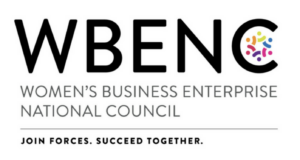
Bing.
Bing.
Bing.
Window 1
Window 2
Window 3
All going off along with the music, calls, and other distractions in your teenager’s room. It all leaves you wondering, “Is there even work being done?”
The short answer to that question is “yes,” but the better question to be asked is, “What work is being done?”
The brain is working every time a new stimulus comes into mind. It receives those stimuli and elicits responses. The responses trigger emotions, hormones, and routinized neuropathways – all of which have to be overcome if students wish to work differently.
I created THIS video to watch with your teenager to show what is happening when distractions are a part of the homework routine.
At EEC our team is working with students on ways to learn well. Working distraction-free is one way to learn well. It involves a few key steps:
- Awareness. Students need to build awareness for what their brains are doing with the stimulus coming in. Sometimes this requires recording screens, taping work sessions, or talking through what is happening during a typical work session.
- Behavior Change. Students will change their behavior by building new skills into their learning tasks. They might write up a work plan. They might work with technical controls to minimize distractions. They might build tolerance for focused work in increments. They might have self-talk plans. They might have a coach do “paired work” with them while they use the new skills.
- You Get to Decide = Free Will. Students do best with this change when they desire to exist on the other side of distraction. Providing some insight into what learning Could be without distraction is an important motivator!


